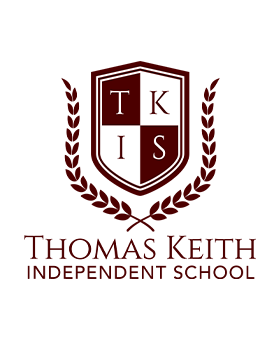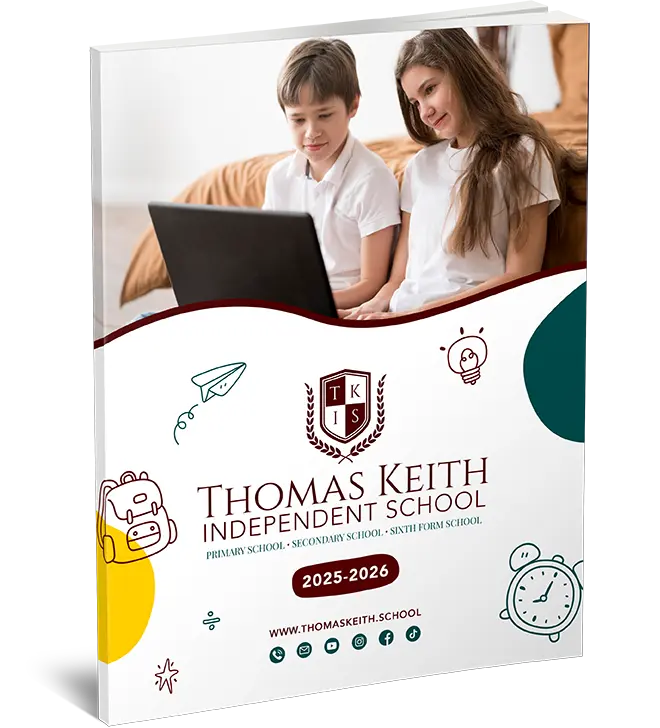Narrative Poetry For KS2: A Simple Guide
Narrative Poetry for KS2 is a wonderful and engaging way for children to explore the world of poetry through storytelling. Unlike other forms of poetry, narrative poetry tells a story, often with characters, a setting, and a plot. This style of poetry is perfect for KS2 (Key Stage 2) students, as it helps them connect with the content and improves their reading and writing skills while also introducing them to rhythm and rhyme.
Key Features of Narrative Poetry For KS2:
Storytelling Elements:
At its core, Narrative Poetry For KS2 tells a story. Just like a short story, it has a beginning, middle, and end. These elements make it easier for young readers to follow along and get immersed in the tale.
Rhythm and Rhyme:
Most narrative poems have a regular rhythm or rhyme. This is especially fun for children to read aloud and helps them develop a sense of the musical quality of language. The use of rhythm and rhyme in Narrative Poetry for KS2 can make the poem more memorable and enjoyable to read.
Characters and Setting:
Like any other story, narrative poetry features characters and a setting, which helps students connect with the poem on a deeper level. The characters could be animals, people, or even inanimate objects, and the setting can vary from a magical forest to a school playground. For KS2 students, the characters and setting can be relatable, making it easier for them to engage with the poem.
Plot:
The plot of a narrative poem often follows a simple structure, typically involving a problem and a solution. This familiar structure is great for KS2 students as it mirrors what they might encounter in short stories or books. It helps them understand how stories unfold and gives them a model for writing their narrative poetry.
Language:
The language used in narrative poetry is often simple and accessible, making it easy for children to enjoy. The clear structure and repetitive elements in Narrative Poetry for KS2 also help students develop vocabulary and practice their reading comprehension skills.
Example from Thomas Keith Online Independent School:
Imagine a poem about a school event, such as a sports day. The poem might describe the excitement of the students, the cheering of the crowd, and the triumphs of the athletes. In this narrative poem, the characters would be the students, the setting would be the school grounds, and the plot would follow the events of the day. The story could be told with rhyme and rhythm to make it more engaging and memorable for KS2 students.
For example:
On the track, the runners fly,
Cheering crowds, a joyful cry.
The finish line is just ahead,
Who will win? Who will be led?
This simple poem demonstrates how Narrative Poetry for KS2 can take a real-life event and turn it into a fun and rhythmic storytelling experience.
![]()
Frequently Asked Questions (FAQS)
What makes narrative poetry different from other types of poetry?
Narrative Poetry For KS2 tells a story with characters, a setting, and a plot, unlike lyric poetry, which focuses more on emotions or ideas. Narrative poetry can be more accessible for students as it follows a clear structure that mirrors the storytelling they are familiar with.
Can narrative poetry be written without rhyme?
Yes, not all narrative poems need to rhyme. While many narrative poems use rhyme, others may focus on rhythm or use free verse. The key element in Narrative Poetry for KS2 is that it tells a story, regardless of whether or not it rhymes.
How can narrative poetry help KS2 students?
Narrative Poetry for KS2 can improve reading and writing skills by teaching students about story structure, characterisation, and setting. It can also help students practice comprehension and creativity. Additionally, the rhythm and rhyme elements engage students, making it a fun and interactive way to learn.
Can KS2 students write their narrative poems?
Absolutely! Writing Narrative Poetry for KS2 allows students to practice their storytelling abilities. They can create characters, choose settings, and develop plots, all while using rhythm and rhyme. This helps foster creativity and enhances their writing skills.
Conclusion
Narrative Poetry for KS2 is a fantastic way to introduce students to the art of storytelling through poetry. It’s not only fun and engaging, but it also helps students develop important skills such as reading comprehension, creative writing, and an appreciation for rhythm and rhyme. By exploring familiar settings, like a school event at Thomas Keith Online Independent School, students can relate to the content and enjoy the process of creating their own stories in poetic form. With its clear structure and engaging elements, Narrative Poetry For KS2 can be a powerful tool in the classroom to ignite students’ creativity and foster a love for both poetry and storytelling.




